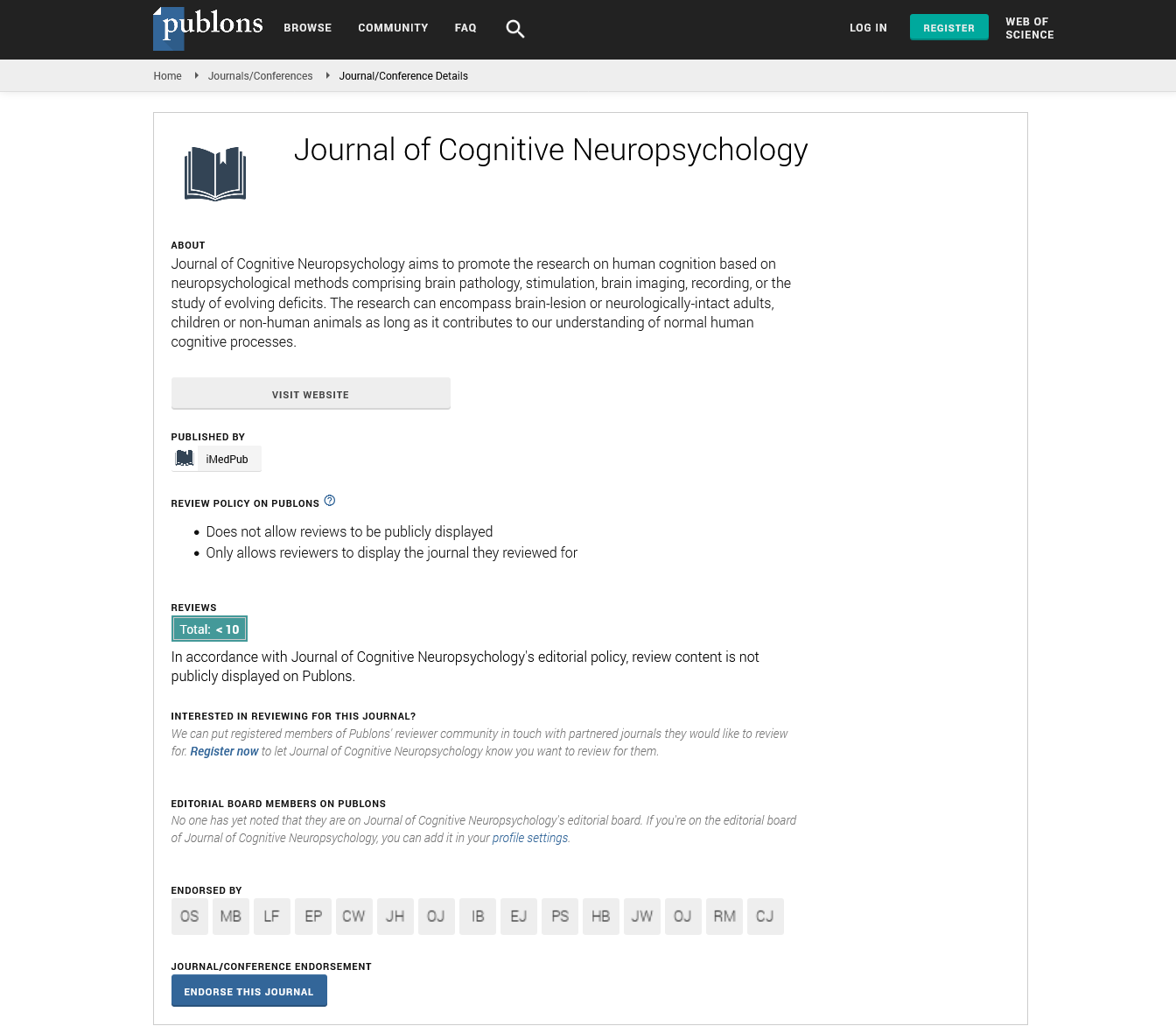Self-injuries In Adolescents
Non-suicidal Self-injury (NSSI) (NSSI) alludes to the immediate, purposeful, and socially unsatisfactory devastation of ones body tissue without cognizant self-destructive goal. Normal NSSI acts incorporate self-cutting, consuming, gnawing, scratching, and self-hitting. Past examination indicated that the lifetime predominance of NSSI ran somewhere in the range of 15% and 30.7%, the year commonness extended from 7.5% to 22%, and the half year pervasiveness ran from 13.9% to 16.3%. As a profoundly perilous conduct, NSSI can anticipate future self destruction endeavor. Along these lines, it is imperative to comprehend why teenagers take part in NSSI. With the point of testing this theory, we directed a subsequent report with auxiliary school understudies. We utilized Generalized Estimating Equation (GEE) to look at the impacts of negative passionate encounters (sorrow and dissociative experience) and social impulsivity on later commitment in NSSI, just as the directing impact and conduct impulsivity. Hmm is appropriate for longitudinal information examination, and can assist with investigating the effect of autonomous factors on resulting changes of ward factors. Since research straightforwardly testing the “Pragmatic Hypothesis†is still scant, to show signs of improvement comprehension of the purpose behind NSSI, endeavors should in any case be made to additionally test this speculation by embracing various techniques.
High Impact List of Articles
-
2020 Conference Announcement on International Congress on Cognitive
Psychotherapy
Richard G. HeimbergEditorial: Journal of Cognitive Neuropsychology
-
2020 Conference Announcement on International Congress on Cognitive
Psychotherapy
Richard G. HeimbergEditorial: Journal of Cognitive Neuropsychology
-
Market Analysis of International Conference on Psychosomatic
Phantos AnninosEditorial: Journal of Cognitive Neuropsychology
-
Market Analysis of International Conference on Psychosomatic
Phantos AnninosEditorial: Journal of Cognitive Neuropsychology
-
7th World Congress on Mental Health, Psychiatry and Well-being
Erin RamachandranEditorial: Journal of Cognitive Neuropsychology
-
7th World Congress on Mental Health, Psychiatry and Well-being
Erin RamachandranEditorial: Journal of Cognitive Neuropsychology
-
Avatarization, Another Way to Understand Cyberbullyers Behaviour in the Realand the Virtual Worlds as Described by Net-Profiling
Nadine TouzeauReview Article: Journal of Cognitive Neuropsychology
-
Avatarization, Another Way to Understand Cyberbullyers Behaviour in the Realand the Virtual Worlds as Described by Net-Profiling
Nadine TouzeauReview Article: Journal of Cognitive Neuropsychology
-
Exploring Passive Music Listening and its Impact on Cognition: Attitudes in Focus
Vaitsa Giannouli*Editorial: Journal of Cognitive Neuropsychology
-
Exploring Passive Music Listening and its Impact on Cognition: Attitudes in Focus
Vaitsa Giannouli*Editorial: Journal of Cognitive Neuropsychology
Conference Proceedings
-
Overcome compassion fatigue and burnout
Linda SageScientificTracks Abstracts: Journal of Neurology and Neuroscience
-
Overcome compassion fatigue and burnout
Linda SageScientificTracks Abstracts: Journal of Neurology and Neuroscience
-
Neurorehabilitation - a modern approach to brain activation (Impact on quality of life of neurological and neurosurgical patients
Ivet B Koleva, Borislav R Yoshinov and Radoslav D Yoshinov -
Neurorehabilitation - a modern approach to brain activation (Impact on quality of life of neurological and neurosurgical patients
Ivet B Koleva, Borislav R Yoshinov and Radoslav D Yoshinov -
Cytotoxic brain tissue edema after traumatic brain injury - A new hypothesis to its etiology
Hans von HolstScientificTracks Abstracts: Insights in Neurosurgery
-
Cytotoxic brain tissue edema after traumatic brain injury - A new hypothesis to its etiology
Hans von HolstScientificTracks Abstracts: Insights in Neurosurgery
-
Iron homeostasis and hepcidin quantification in Alzheimers disease patients
Manolov V, Hadjidekova S, Petrova J, Vasilev V, Petrova M, Kuntchev T, Jelev Y, Jeliazkov P, Tzatchev K and Traykov LScientificTracks Abstracts: Insights in Neurosurgery
-
Iron homeostasis and hepcidin quantification in Alzheimers disease patients
Manolov V, Hadjidekova S, Petrova J, Vasilev V, Petrova M, Kuntchev T, Jelev Y, Jeliazkov P, Tzatchev K and Traykov LScientificTracks Abstracts: Insights in Neurosurgery
Relevant Topics in Neurology & Psychiatry
Google Scholar citation report
Citations : 8
Journal of Cognitive Neuropsychology received 8 citations as per Google Scholar report
Journal of Cognitive Neuropsychology peer review process verified at publons
Abstracted/Indexed in
- Google Scholar
- Publons
- MIAR
Open Access Journals
- Aquaculture & Veterinary Science
- Chemistry & Chemical Sciences
- Clinical Sciences
- Engineering
- General Science
- Genetics & Molecular Biology
- Health Care & Nursing
- Immunology & Microbiology
- Materials Science
- Mathematics & Physics
- Medical Sciences
- Neurology & Psychiatry
- Oncology & Cancer Science
- Pharmaceutical Sciences
